Date: 22 april 2014
It is unbelievable but it is true , bullfighting still takes place in a civilised country like France.
Bullfighting, also known as tauromachia or tauromachy is a traditional spectacle of Spain, Portugal, southern France and some Hispanic American countries (Mexico, Colombia, Ecuador, Venezuela and Peru) and the Philippines, in which one or more bulls are baited, and then killed in a bullring for the entertainment of the audience. Although a blood sport, by definition, some followers of the spectacle prefer to view it as a ‘fine art’ and not a sport, as there are no elements of competition in the proceedings.
For more bullfighting facts read here
Since the 19th century, Spanish-style corridas have been increasingly popular in Southern France where they enjoy legal protection in areas where there is an uninterrupted tradition of such bull fights, particularly during holidays such as Whitsun or Easter. Among France’s most important venues for bullfighting are the ancient Roman arenas of Nîmes and Arles, although there are bull rings across the South from the Mediterranean to the Atlantic coasts.
Bullfighting takes place in only 10% of the French national territory. Despite the fact that the penal code clearly recognises bullfights as “cruel acts and serious ill treatments towards animals” (article 521-1), bullfighting is allowed to continue in this minority area as an ‘uninterrupted local tradition’. An overview of where bullfighting mainly takes place can be found on this map published by CRAC. CRAC (Le Comité Radicalement Anti Corrida) created in 1991 is the oldest association for the abolishment of bullfighting in France.
COMMERCIAL INTERESTS
“Just pay cash”
It is principally because of the financial interests of the bullfighting industry that this senseless bloodshed still exists. The number of paying spectators is constantly dropping, so this industry is trying all sorts of measures to attract spectators. Thus mobile arenas are set up within walking distance of camp grounds and free tickets are handed out to encourage people to come to a bullfight. The bullfighting industry is highly dependent on public funding. They receive money from towns and/or departements, regions, the State and even Europe. This dependence on public funds for bullfighting led to the City of Arles becoming 300,000 Euros in debt because of the 2008 Féria and to Bayonne’s 247,250 Euros debt in 2007.
The Bullfight Arena: also a torture chamber for horses
In April 2012 this horse, Xelim, was let loose in the arena and gored by a bull. He died for the entertainment of the bloodthirsty crowd.
Horses are also victims of bullfighting. During ‘Spanish style’ bullfights, they act as a buffer from the terrifiedl bull and from their safety of their backs the picador can cut with immunity the neck muscles of the bull, so he can not lift its head. Horses are often caught by the bulls’ horns and, in spite of padding around their bodies, are seriously injured. This is often not visible to the spectators because of the padding. These horses have been ‘written off’ before the bullfight. They are often used a number of times for bullfights and then go to the slaughterhouse.
There are 4 bullfighting schools in France
The act of spearing an animal to death for the enjoyment of spectators is in violation of animal rights, but it’s also bad for kids. In february 2013, a United Nations committee released a report stating that exposure to the traditional “sport” of killing bulls actually violates children’s rights. Read more here. So it goes without saying that this little vidéo made in 2013 shocked many people in France and in Belgium as in these schools kids are being taught how to torture and kill an animal already at a very early age. Read more here
ALES 2014
The anti-bullfighting movement is gaining momentum in France and is costing local governments a lot of money. A 2003 survey in France showed that 73% of the French population is against bullfighting, and only 5% very much in favour. (TNS Sofres, commissioned by Franz Weber Foundation). It is not difficult to understand why many French people revolt against this torture of bulls. Almost every weekend from Easter onwards protests are held with slogans like “Basta Corrida” One of the biggest protests, a in 2013 in Alès in the department of Gard drew over 5,000 participants from not only France but also Belgium and Germany.
Although the organizers, CRAC International, did not achieve their goal of saving the bulls by stopping the bullfight, they look to the future with confidence. They are convinced that bullfighting will disappear in France. However to get there, some things will have to change.
This is what happened in the arena while the protesters were demonstrating outside ….
http://www.feria.tv/video-2894_ales-corrida-concours-.html
And these torro are being prepared for the fiesta in early June.
http://www.feria.tv/video-2887_brutal-debarquement-des-pages-mailhan.html
Please help us to ban bullfighting from this country by boycotting these villages this summer. Or if you still feel the urge to visit them show your mis-contentment that such a spectacle should not be allowed anymore in a European country in this day of age. You can send an email to the townhalls. You’ll find an example of an email on this page.
- Aignan
- Aire sur l’Adour
- Alès
- Arles
- Bayonne
- Beaucaire
- Bellegarde
- Béziers
- Bougue
- Bouillargues
- Boujan-sur-Libron
- Bourg Madame
- Brocas
- Captieux
- Carcassonne
- Castelnau-Rivière-Basse
- Cazaubon
- Céret
- Chateaurenard
- Collioure
- Dax
- Eauze
- Fenouillet
- Floirac
- Fourques
- Fréjus
- Garlin
- Gimeaux
- Gimont
- Hagetmau
- Istres
- La Brède
- Le Grau du Roi
- Le Houga
- Lunel
- Magescq
- Maubourguet
- Mauguio
- Méjanes
- Millas
- Mimizan
- Mont de Marsan
- Mugron
- Nîmes
- Orthez
- Palavas-Les-Flots
- Parentis-en-Born
- Pérols
- Plaisance
- Rieumes 3000
- Rion des Landes
- Riscle
- Rodilhan
- Roquefort
- Saint-Gilles
- Saint-Martin de Crau
- Saint-Perdon
- Saint Rémy de Provence
- Saint-Sever
- Saint-Vincent de Tyrosse
- Saintes-Maries de la Mer
- Samadet
- Soustons
- Tarascon
- Tartas
- Vauvert
- Vergèze
- Vic Fezensac
- Vieux Boucau-les-bains
- Villeneuve de Marsan
Main departments where bullfighting takes place:
And on this map you’ll find also the towns who are anti-corrida, not many but still!
You want to read more: click here
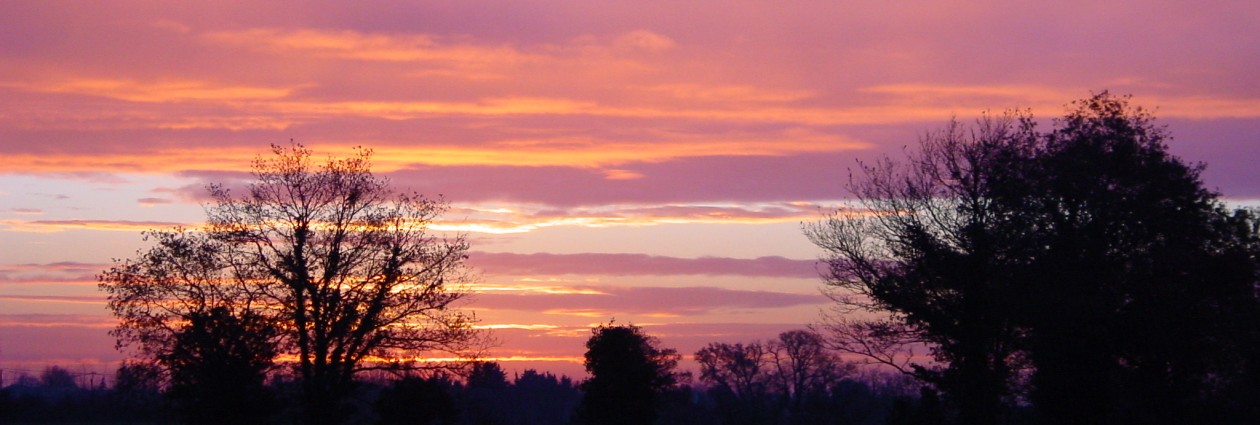
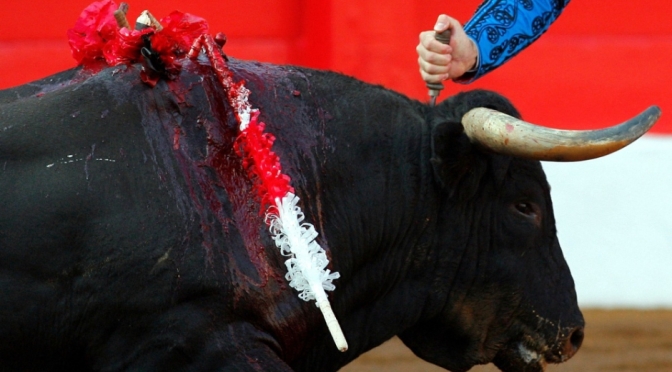
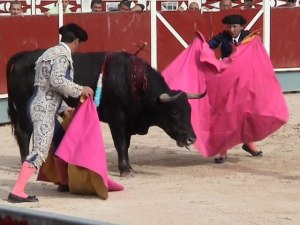
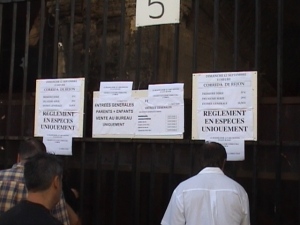
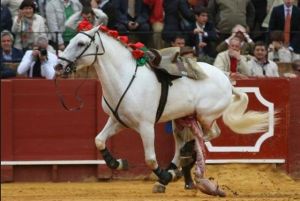
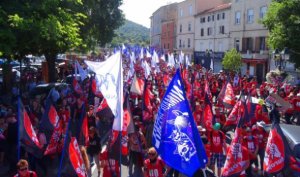

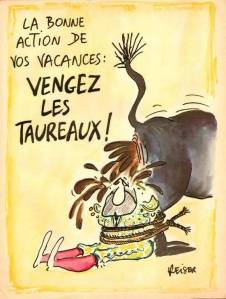
One thought on “Bullfighting”